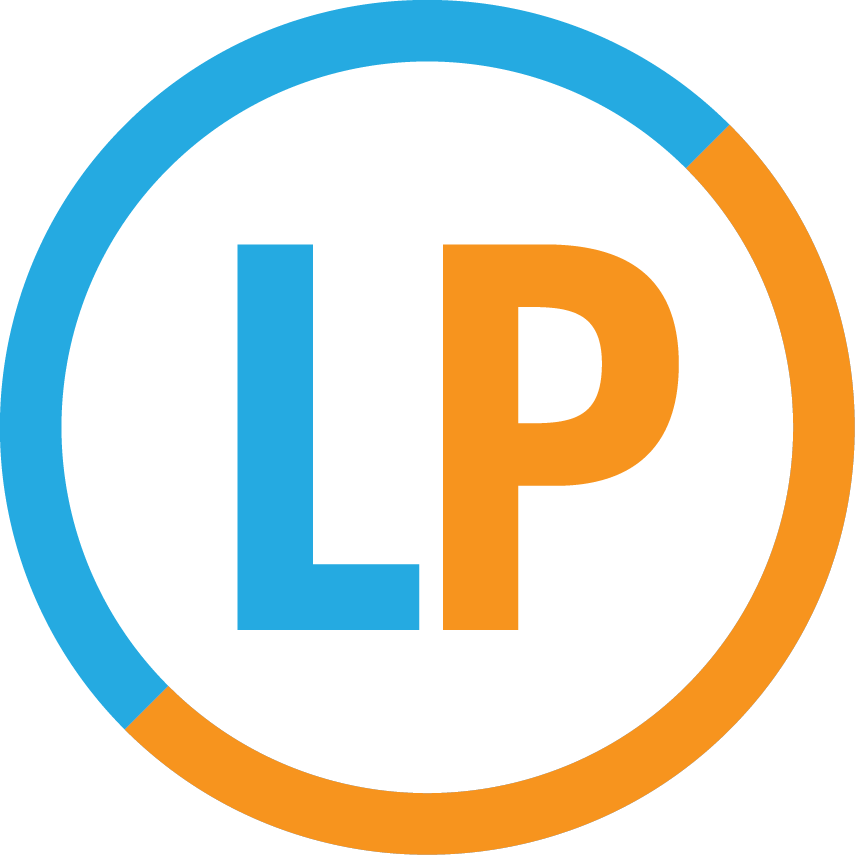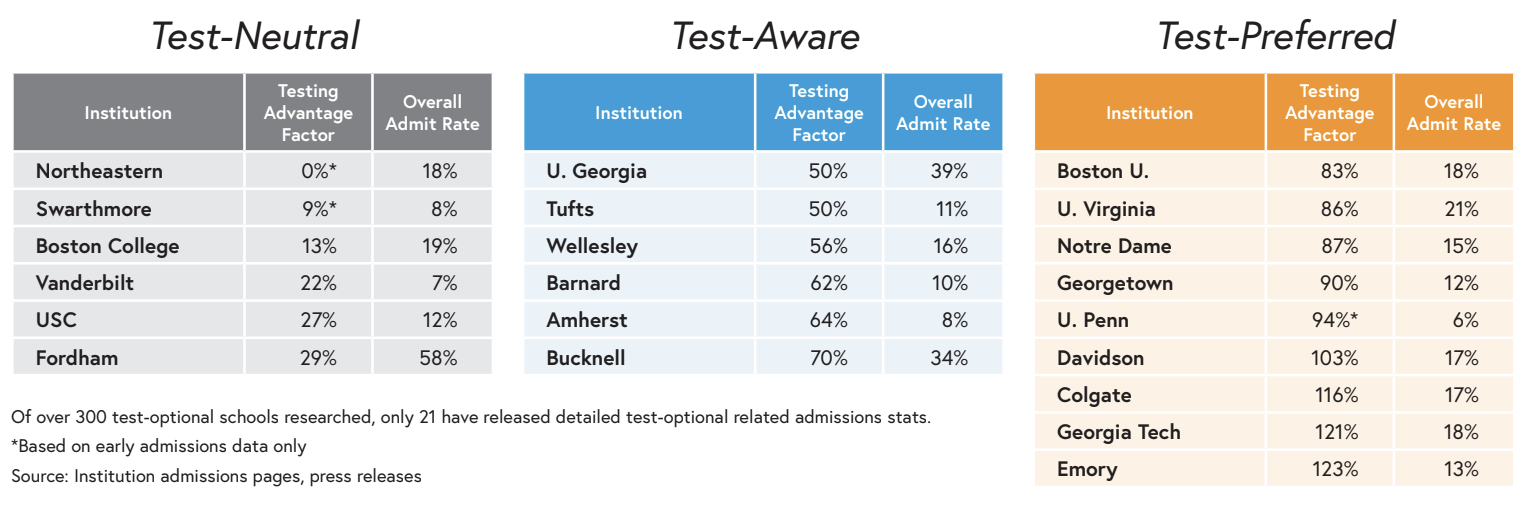LogicPrep once again participated in the largest college admission counseling conference of the year: NACAC 2021. This year’s conference was offered both virtually and in-person, mirroring the strategies that many colleges and universities have employed to keep their students safe throughout the pandemic. After many sessions and much note-taking, we’re sharing our top three highlights below.
1. Demystifying Holistic Review
Representatives from Emory University, Davidson College, and the University of Washington discussed the importance of holistic application review despite the fact that it can appear secretive and overly subjective. We’ve paraphrased their responses to three of the most important questions they received:
Q: What is holistic review?
A: Holistic review is the practice of making admissions decisions based on all aspects of a student’s application rather than just numeric factors like GPA or standardized test scores.
Q: Why is holistic review helpful?
A: In theory, it should be easy to set a GPA and test score requirement and only admit students who meet it, but the reality is much more complex.
For college admissions offices, holistic review helps us consider important factors beyond numbers, such as writing ability, access to academic rigor, personal background, and even intended major. This allows us to select a strong, diverse class of students with a variety of backgrounds, interests, and goals.
For students, holistic review gives you the freedom to put effort into life beyond a GPA or test score. You should focus on exploring your interests, ensuring you take a college preparatory curriculum, and challenging yourself to learn and grow.
Q: What do you wish people knew about applying to college?
A: Look beyond the most selective universities. The media typically focuses on selectivity because that’s what they know, and they leave out hundreds of excellent colleges while endlessly discussing just the “top 10” or “top 20.” Focus on finding colleges that are a good academic and social fit for you, not just ones that are highly ranked.
2. The Future of Test-Optional Admissions
Across the board, test-optional policies have led to many more applicants, stronger applicant pools (based on factors like GPA, class rank, and rigor), and more diversity, with no significant difference in undergraduate success between submitters and non-submitters. But all test-optional policies are not equal.
What the Data Show So Far
The vast majority of colleges do not release detailed data about admission rates for test submitters vs. non-submitters, however, last year 21 colleges did. Ben Neely, Chief Academic Officer at Revolution Prep, noted that there was a testing advantage at nearly every college on the list.
A Framework for Understanding Test-Optional Policies: Test-Neutral, Test-Aware, Test-Preferred
Colleges have not just decided whether or not to go test-optional; they have also decided to what degree scores (or lack thereof) matter in their application review. Test-neutral colleges offer little to no admission advantage to test submitters, while test-aware colleges offer some advantage and test-preferred colleges offer a significant advantage.
How to Tell if a College is Test-Neutral, Test-Aware, or Test-Preferred
It is widely believed that a majority of test-optional policies are likely to continue beyond the pandemic, so it’s important to learn how to interpret what test-optional means at different colleges. While we may not have detailed admission data from most schools, there are other ways to determine whether a school you’re applying to is likely to be test-neutral, test-aware, or test-preferred:
Temporary vs. Permanent
Colleges with temporary pilot programs are more likely to be test-aware or test-preferred since they haven’t fully committed to a test-optional philosophy.
Colleges with permanent test-optional policies are more likely to be test-neutral or test-aware since they have made a long-term commitment to using a test-optional process.
Selectivity
Highly selective colleges are more likely to be test-aware or test-preferred because they need to look for every tiny distinction they can make between applicants.
Moderately selective colleges are more likely to be test-neutral or test-aware since they can be more flexible in their admission criteria.
Common Data Set
Most colleges share the importance of different application factors in their Common Data Set. You can check a school’s Common Data Set to determine whether test scores are Not Considered, Considered, Important, or Very Important. The more important test scores are, the more likely that the college is test-aware or test-preferred.
3. An Early Take on Test-Free Admissions in California
Representatives from the University of California (UC) Board of Regents, California State University (CSU), and California Institute of Technology (Caltech) discussed how test-free admissions began there and what they’ve learned so far.
UC’s Test-Free Pilot Program Was Not a Direct Response to COVID
Contrary to popular belief, it actually came about in response to a 2019 lawsuit that argued that use of the SAT or ACT for admission review violated California’s robust anti-discrimination laws. This lawsuit also affected decision-making in the CSU system and at Caltech, both of which suspended consideration of standardized test scores around the same time as the UC system. In less than 2 years, California went from having one test-free college to having 85.
The Test-Free Policies Have Been, Well, Freeing
Representatives from all three universities agreed that removing test scores from the equation has helped them reevaluate their admission processes and increase access to their institutions:
The UC system has seen a significant system-wide increase in applications from Black, Latino/a, and Native American students.
UC Berkeley has shifted their application reading process so that they now read the “soft elements,” such as recommendation letters and essays, first before looking at numbers. Other UC campuses are considering the same approach.
The CSU system has used quantitative (not holistic) admissions for decades and they were still able to develop a process to evaluate applicants quantitatively without test scores. They now base admission eligibility on GPA and up to 15 other variables (depending on the campus).
Ultimately, a test-free policy has been freeing for both the universities and their applicants because it eliminates the confusion surrounding test-optional policies. The UC and CSU systems and Caltech can now concentrate fully on the qualities they’re truly looking for in their applicants without the distraction of test scores; and applicants are not left wondering whether or not to submit their scores.
While some aspects of the admissions process are continuously evolving, much remains the same: colleges continue to seek students who demonstrate strong academic achievement as well as passion, creativity, determination, and impact. The LogicPrep team is always adapting to changes in the landscape of higher education so that we can support our students with the most up-to-date advice. Reach out today to get started.



